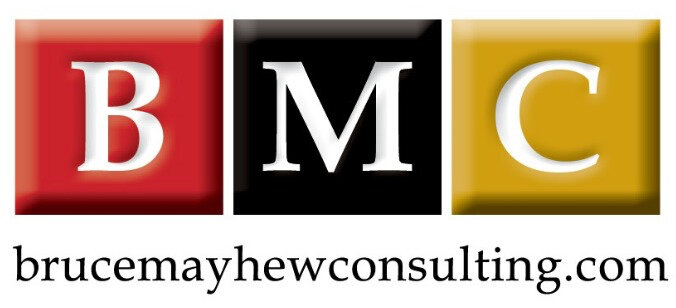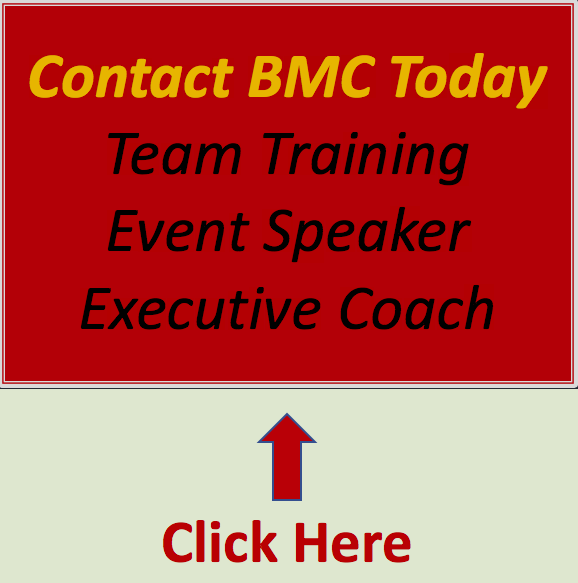What Is A Vision Statement?
/I recently was approached by a prospect to do some leadership training to their executive team. Perfect, I love that kind of work. As I listened to their challenges and we discussed how I could help them, we began to talk about their vision statement and their core values, two exceptionally important elements of a business culture.
They were proud of their vision statement and values for good reason. They had recently invested a good amount of time to update them as part of their current and future strategy. They promised to share them with me after the call and I couldn’t wait to see them and to see how I could support their hard work.
So to honour their hard work and the hard work of other teams who want to embark on this journey, I decided to write a trilogy of articles that would demonstrate the importance of their efforts and share how a team would go about this journey by exploring the important process of creating and using:
A Vision Statement (this article)
I will link to the other two articles here as I launch them.
What is a Vision Statement?
A vision statement is a document that provides a guiding light for everyone who might be interested in the company. It is a beacon for what the company wants to achieve, and should act as an invitation for employees, potential employees, suppliers, and customers.
When people read your vision statement, they should feel inspired and believe in it. They must trust the vision is attainable – even if it is a stretch – and they must want to be part of the journey. They must be able to see themselves (employees, suppliers, and customers), as willing participants who can share in the dream.
If the people within and close to your business don’t believe in your vision or feel it is all smoke and mirrors (as my dad would say), there is no way the future vision will ever be realized. And the worst might happen when the most trusted and valued employees abandon ship in search for a better place to offer their talents and customers go to your competition.
In summary, a vision statement is essential because has the power to:
Align the future with the business values and goals today
Provide a clear, unifying message to everyone
Be a proud anchor that attracts people to the corporate brand
Lastly, let’s agree every company should have a vision statement. And to push it a bit further, I like to see certain departments having a vision statement that is secondary to the company’s main vision statement. For example, imagine you are a division leader and are thinking a reorganization of your team would be a good move. This would be a perfect (and admittedly rarely used) place to create a one or two sentence vision statement that would explain the future you imagine.
How to Use A Vision Statement?
Before we look at how to build a vision statement, let’s explore how a company or leader can use a vision statement.
We have already discussed how a vision business statement should help inspire and align people inside and outside the company to reach the company’s goals. To do this means everyone has to know what your vision statement is, and how it applies to the decisions they make.
A company should be sure to use their vision statement as a talking point in every hiring decision, employee performance review and goal-setting conversation. Knowing and understanding the vision statement will also help guide leaders as they plan investments in training and even as they guide the design of strategic marketing and promotion messages. When employees and leaders are truly embracing the vision statement, they use it to confidently guide R&D decisions today that are an investment into the strategic future. When these are happening the leadership team can proudly say the vision statement is being integrated it into the company culture.
Hanging a vision statement in the conference rooms and dedicating a page on your company website isn’t enough to make it part of your corporate culture.
You may be feeling all of this seems like a lot of work – and you would be right. And we haven’t even got to the work required to build a vision statement. But let’s look at the alternative of not having a shared vision and guide into the future. Imagine what it would be like for 10 people in a department or 100 people in a division or 10,000 people in a company to not have this shared vision. Imagine the waste in time, resources, and manpower. Imagine your top 10 best product, sales, marketing, accounting and support employees being frustrated and quitting just to get away from the chaos, waste and frustration. Imagine the negative impact on your brand, customer experience and competitive advantage.
Prepare to commit time and resources to the vision you establish. Once you have one, commit your attention to using it – everywhere.
How to Build a Vision Statement?
Building a vision statement will take time. If you are efficient and the company is small, it may take weeks. If the company is mid-sized or large, expect it to take months. The one biggest mistake I see happen and I urge everyone to avoid is for one person to write the vision statement. The next mistake is to copy someone else’s.
A team should be assembled to build or update a vision statement. In a small business, you may be able to ask everyone for their insight. In a larger operation, you may need to be more selective while still capturing a range of employee voices. It’s also a good idea to hire an outside agency to assist as well since they can be a neutral voice as they guide the process and offer advice. Your team should represent a cross section of employees from different levels of the organization.
The next step is to start research. This can include competitive analysis, economic reviews, talking to technology experts, suppliers, customers and even prospect customers. The more information you gather the better off you will be. This information can also be used as you define the company Values and Values Statement (which I’ll discuss in another article and link to this one once it is published). I like to think of a company’s Vision Statement and Values as being related, but not exactly the same, like siblings.
You also want your team to outline your business’s goals for today – and tomorrow. Be bold, be creative, reach for the moon. If it sounds lofty and worries a few people, be happy, you might be on the right track. This is about being great in the future – not mediocre. Be sure you also pay attention to market analysis and customer feedback. If you find your goals start sounding like your competitors or worse, that they could be used by another type of business, throw them away and start over.
Most people believe a vision statement should be a concise, yet impactful and inspiring message, and they are not wrong. Well designed, well researched one or two sentence statements are easy for people to get behind. But, the senior team might feel it doesn’t go far enough. That’s OK – so design two vision statements. Use the short one for the general population, annual reports and websites and use the second, more lengthy vision statement for senior team strategy discussions, and to set senior team performance KPI’s.
Vision Statement Version 1: Widespread Use
Keep the vision statement short but meaningful.
Create a vision statement that is one or two sentences and delivers a concise, yet impactful and inspiring message. You want your employees, suppliers and customers to be able to understand easily, be able to remember the key message, and hopefully remember how inspired they felt when they read it. Note: “Just do it”, is not a vision statement but it is a really good Nike tagline.
Vision Statement Version 2: Senior Team Use
Create a longer vision statement for the senior team. This statement isn’t a secret, it’s just more information than most people need.
Your senior team might feel the short vision statement doesn’t provide enough scope for what your company can do and what they want it to do. That’s OK. A longer vision statement for the benefit of the senior team is terrific. It can help them determine big, bold decisions while also giving them guidance for Key Performance Indicators (KPI’s) for the company – and for each other.
Vision Statement Examples
COBS Bread: “To be the favourite bakery in every community.”
IKEA: “To create a better everyday life for the many people.”
Starbucks: “To establish Starbucks as the premier purveyor of the finest coffee in the world while maintaining our uncompromising principles while we grow.”
TED: “We believe passionately in the power of ideas to change attitudes, lives, and, ultimately, the world.”
Conclusion
Like the company that is hiring me for leadership training, most companies benefit from periodically updating their vision statement, values and mission statement. This makes total sense because our world is changing and companies have to change to keep up. By going thorough the process of updating your vision statement, values and mission statement there is also the opportunity to take a good hard look at the market you serve, what part you want to play and the corporate culture you want to work within.
Thank you for reading ‘What Is A Vision Statement’.
Be well and happy communicating, leading and creating a culture of belonging within your company or within your team.
Bruce
Learn More About Bruce Mayhew
Toronto corporate trainer and executive coach Bruce Mayhew Consulting is in the people business… it just so happens that training and/or executive coaching is involved. Let us help you improve your productivity and employee engagement.
To learn more about how leadership training can to improve your skills call us at 416.617.0462.
Bruce Mayhew Consulting's most popular programs are Email Etiquette Training, Difficult Conversations, Generational Differences, Leadership Skills Training and Time Management Training
Related Workshops That Drive Business Success
Toronto based corporate trainer and executive coach Bruce Mayhew Consulting offers leadership training and professional development across Canada and the USA.



